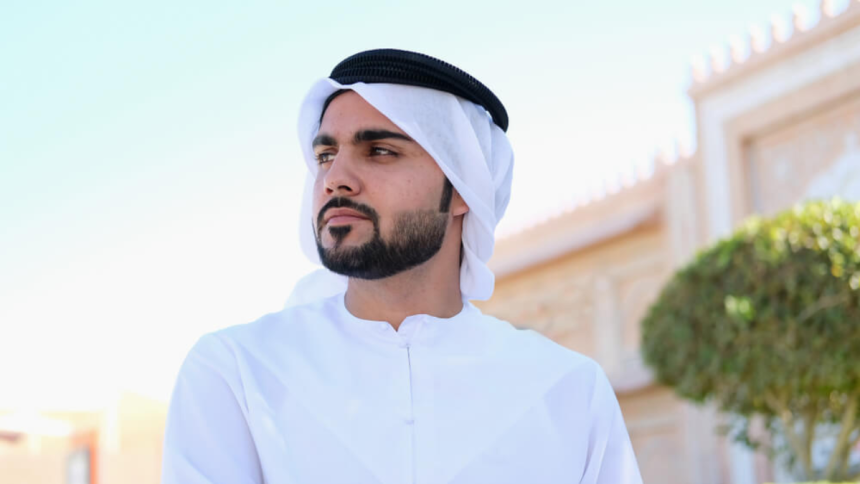The traditional Saudi headscarf—known as the ghutra, shemagh, or keffiyeh—is one of the most recognizable elements of Saudi attire. Worn by men across the Kingdom, it’s much more than a piece of cloth; it carries deep cultural, practical, and symbolic significance. In this article, we explore why Saudi men wear headscarves and what they truly represent.
Practical Protection in a Harsh Environment
The ghutra originally served a practical function in the arid desert climate of Saudi Arabia. Made of lightweight cotton, it protects the head and neck from the sun, prevents sand and dust from causing irritation, and offers warmth in colder months. Whether facing a desert windstorm or intense midday heat, the ghutra is a vital shield against the elements.
Cultural Identity and National Pride
The ghutra is also a symbol of national identity and tradition. Often paired with the white thawb and secured with a black cord called the agal, it is a statement of cultural pride. The red-and-white checkered shemagh is especially associated with Saudi Arabia, though plain white versions are also widely worn. Donning the ghutra is part of daily life for many men and a way to stay connected to their heritage.
A Marker of Status and Regional Ties
The way a ghutra is worn can reflect regional traditions, tribal affiliations, or personal style. The agal, used to hold the scarf in place, adds a level of formality and dignity. In some cases, omitting the agal may signify religious piety. For centuries, these headscarves have been used not just for function, but to express social roles and regional identity.
Historical and Religious Roots
The origins of the ghutra date back centuries, with roots in pre-Islamic Arabian customs. Covering the head was historically a sign of modesty, respect, and protection—values that continue today. Over time, the ghutra evolved in style and color, but it has always remained a cornerstone of Arabian dress.
From Tradition to Modern Expression
Today, the ghutra is worn with pride and often customized to suit personal taste. While its purpose remains deeply traditional, the headscarf has found a place in modern culture—from luxury fashion collections to global symbols of identity. Styles may evolve, but the meaning behind the ghutra remains timeless.
Influence on Fashion and Global Recognition
In recent years, the Saudi headscarf has gained visibility beyond the Middle East, appearing on international runways and in fashion collections. Designers around the world have drawn inspiration from the ghutra’s patterns and cultural significance, blending tradition with contemporary aesthetics. However, for Saudis, the headscarf remains a sacred cultural emblem—its use in fashion often sparks discussions about cultural appropriation versus appreciation.
Teaching the Next Generation
In Saudi Arabia, learning how to wear the ghutra is often seen as a rite of passage for young boys. Fathers and elders teach sons how to fold, style, and properly place the headscarf—a gesture that represents maturity, identity, and respect for tradition. This cultural continuity plays an essential role in preserving heritage while preparing the younger generation to carry it forward with pride.
The Saudi headscarf is a powerful blend of heritage and practicality. Whether worn in Riyadh, Jeddah, or abroad, it serves as a reminder of a proud culture and a connection to the Kingdom’s desert roots.
Lynn Martelli is an editor at Readability. She received her MFA in Creative Writing from Antioch University and has worked as an editor for over 10 years. Lynn has edited a wide variety of books, including fiction, non-fiction, memoirs, and more. In her free time, Lynn enjoys reading, writing, and spending time with her family and friends.















